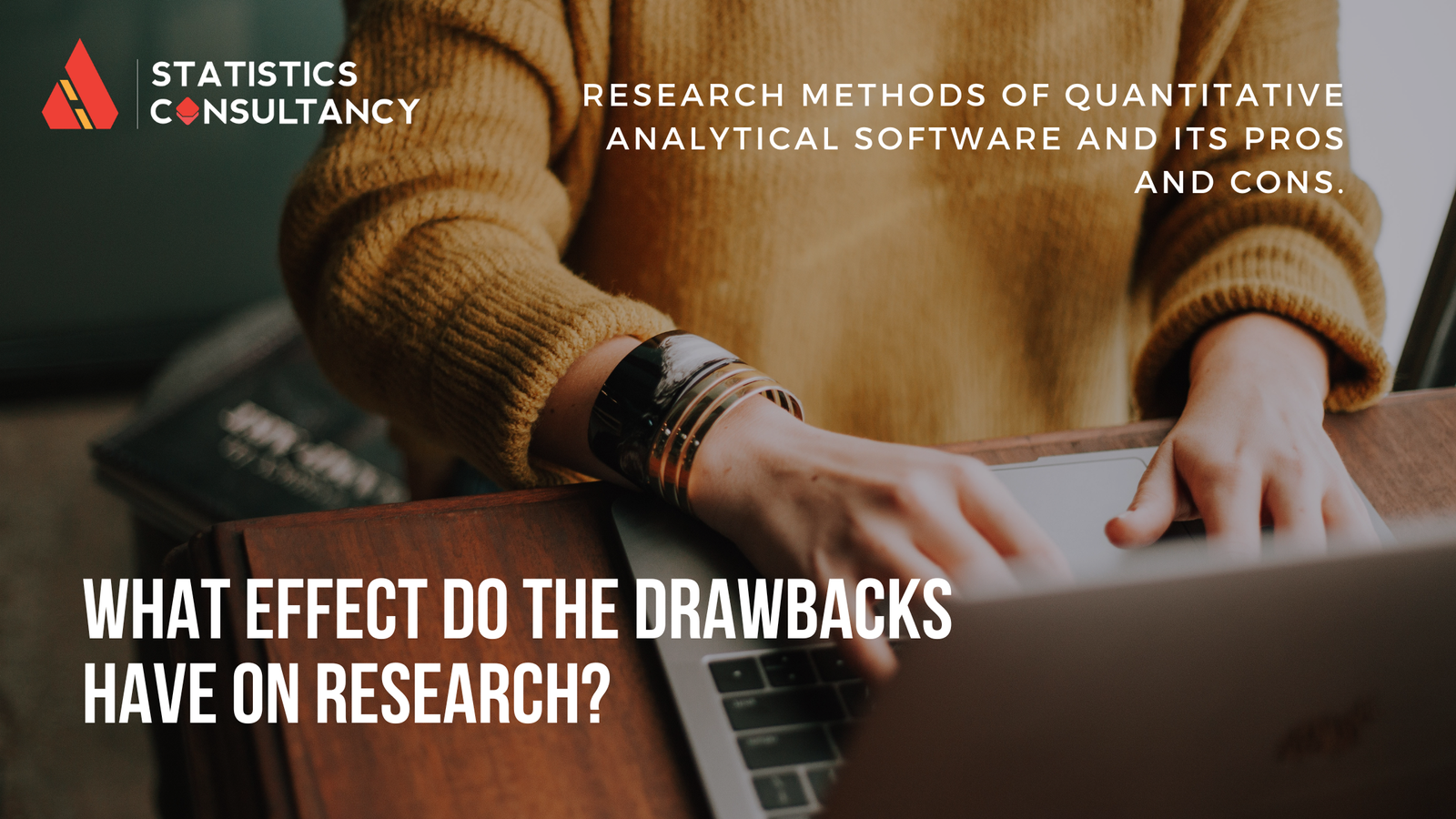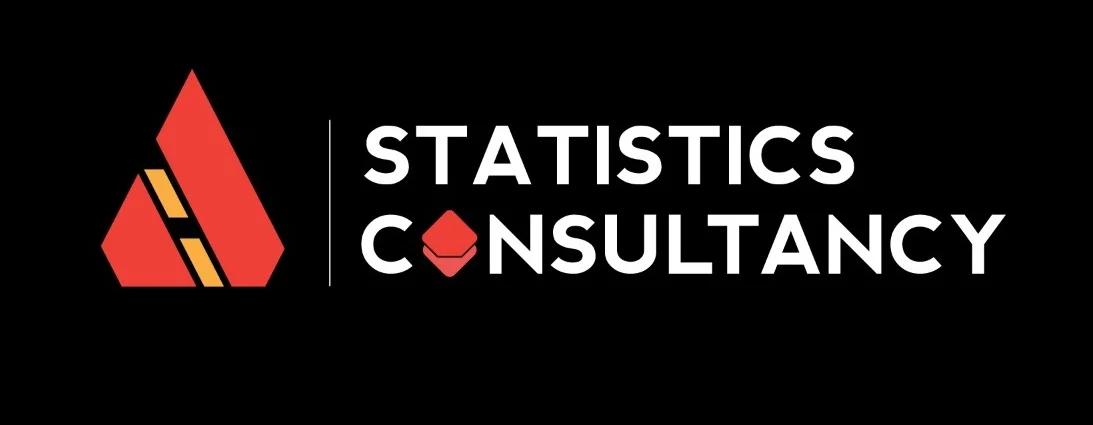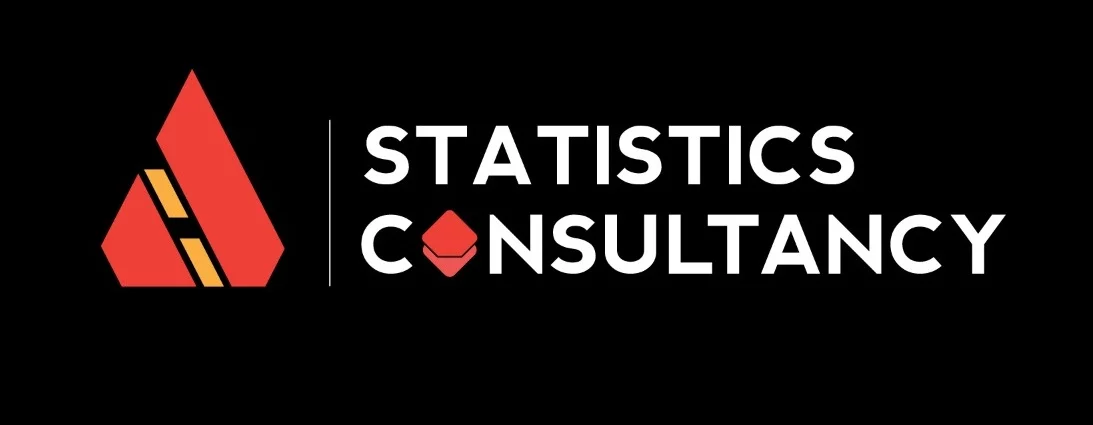
Research methods of Quantitative Analytical Software
Research methods of Quantitative Analytical Software, Scientists can organize data they have collected using data analysis tools. It gives them the ability to communicate results and comprehend statistical analysis services. The task’s goals and the type of data collected determine how the information is divided up. This Blog discusses using the services for statistical data analysis
Introduction:
To improve efficiency and benefits, data analysis software is used for the quantitative and subjective exploration of business information. It allows companies to collect and organize data, identify patterns and trends, and gain insights. Global enterprises often gather and analyze data on practical experience, market economics, business cycles, and customers. Diese data is stored and analyzed to understand purchasing behaviors and trends. The insights gained are used to make more informed decisions. For example, a social media site can use data analysis software to understand key customer trends. They can use it to improve their design, content, and overall strategies.
Advantages:
Research methods
- Subjective research methods and techniques have several benefits. One advantage is that they provide a detailed and nuanced understanding of individuals’ feelings, opinions, and experiences. Interpret the meanings of their actions in statistical analysis of qualitative data.
- Additionally, some argue that subjective research approaches offer a comprehensive understanding of human experiences within specific contexts. On a recent stance, subjective research encompasses a wide range of epistemological perspectives Research methods and interpretive approaches for understanding human experiences in a descriptive statistics data analysis plan.
Research approach
- The interpretive research approach involves studying the perspectives, and meanings. Involves multiple individuals and is considered an ideographic form of investigation. In language testing, subjective research methods examine the behavior of test takers and examiners. Conversation partners, and the impact of cultural differences on behavior during speaking tests in statistical analysis for business and market research.
- Additionally, personal research allows researchers to explore the internal experiences of participants. To understand how meanings are constructed within and across cultures. Consequently, studies using subjective methods can help us understand test takers’ expectations about what is being evaluated and the significance of scores or grades
Perception
- Some commonly used methods for gathering subjective information in business research include member perception. Unstructured interviews, direct observation, and portraying records. These methods involve direct interaction with participants and are often used in conjunction with data collection through interviews. It is important to carefully collect and analyze this type of data in order to accurately perform statistical analysis in quantitative business research.
- Subjective exploration configuration has a flexible structure because the plan can be easily developed and replicated. This allows for a thorough and appropriate investigation of a problem using subjective exploration techniques. The participants have the opportunity to determine what is reliable for them and unpredictable matters can be examined without difficulty. The subjective examination approach is necessary to capture these elements, especially in the complex field of language assessment practices. Using the subjective examination method can contribute to a better understanding of the complex aspects of language assessment.
Disadvantages:
- While quantitative research has several benefits, it also has some limitations. One of the main limitations is that it follows a positivist research worldview. Which means that it ignores the subjective experiences and meanings of social phenomena. It also fails to discover deeper underlying causes and explanations. However, the research has not explained the reasons for the effects and their implications in the specific context.
- Quantitative research has the limitation of not being able to show how social reality is constructed and maintained. How individuals interpret their own actions and those of others. In language testing research using quantitative methods, the focus is on exploring and measuring language skills, proficiency, and scoring.
- One downside of using a quantitative approach to study a phenomenon is that it can only provide a snapshot of the situation at a specific moment and may not capture the full depth or complexity of the phenomenon. For example, if the study involves collecting data from people, the results may be influenced by whether the individuals are presenting their best selves or are in a disheveled state. As a result, it may not be possible to fully understand the data and it may only provide a superficial understanding of the factors involved.
Conclusion:
In conclusion, this blog has discussed the pros and cons of analytical data software, including its use of SPSS Statistics and data analysis services in its processes.

